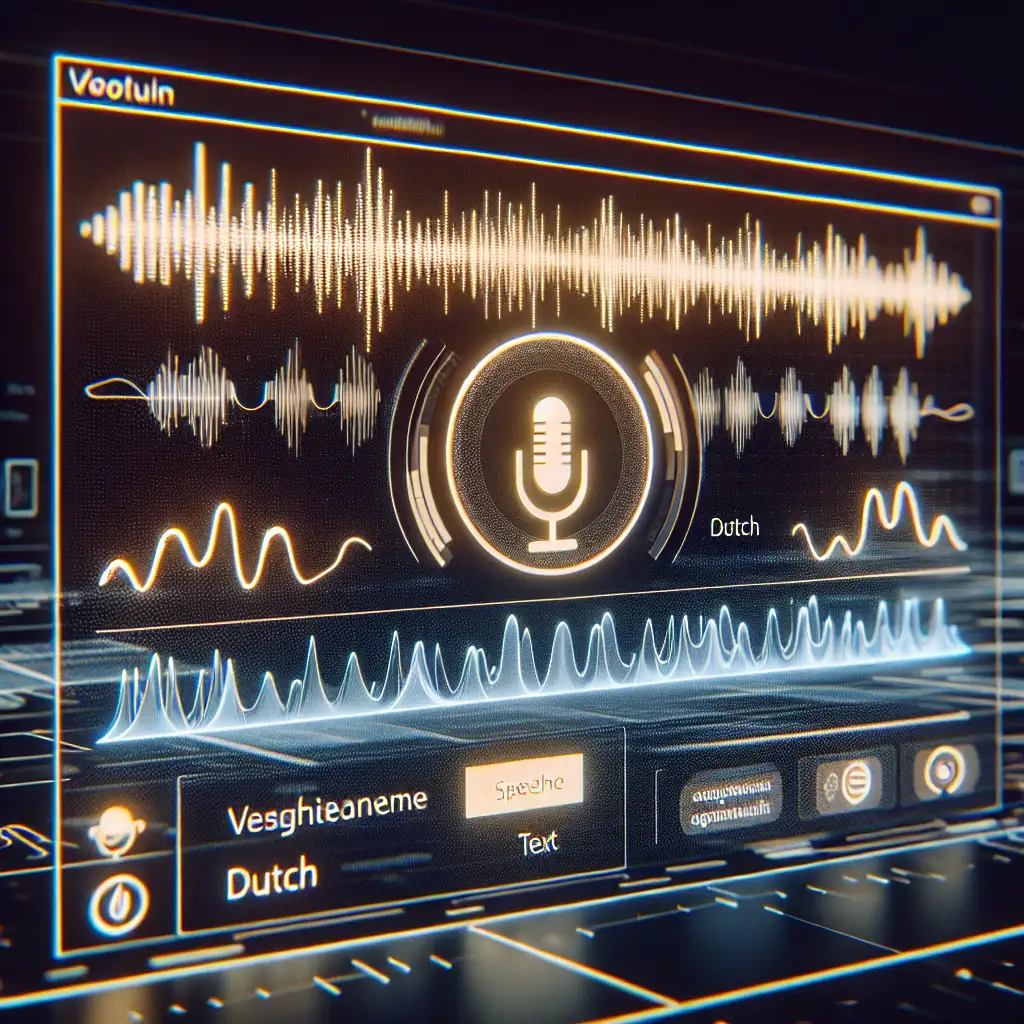Mastering Google's Dutch Text-to-Speech API for Seamless Multilingual Voice Applications
When it comes to delivering authentic and engaging user experiences, text-to-speech (TTS) technology has moved well beyond simple robotic voiceovers. For businesses and developers aiming to connect with Dutch-speaking audiences, mastering Google’s Dutch Text-to-Speech API is an invaluable step toward building truly immersive, natural-sounding voice applications.
Instead of viewing text-to-speech as just a feature, treat Google's Dutch TTS as the bridge to truly local and immersive voice experiences that drive genuine connection—not just automation.
In this post, I’ll walk you through practical steps on how to effectively leverage Google’s Dutch TTS capabilities. From setup to sample implementation, you’ll gain insights on elevating your applications with realistic Dutch voice output — enhancing accessibility and user satisfaction in the process.
Why Focus on Dutch TTS?
Dutch is spoken by over 23 million people worldwide. For products targeting the Netherlands, Belgium (Flemish region), or Dutch speakers globally, native-sounding voice interactions significantly improve engagement. Generic or poorly localized speech can feel cold or inauthentic, breaking immersion and harming brand perception.
Google’s Cloud Text-to-Speech offers high-quality neural voices trained on native speakers. Featuring fine-tuned prosody and pronunciation tailored for Dutch language nuances—including regional accents and idioms—it provides a much better user experience compared to standard TTS engines.
Getting Started with Google’s Dutch Text-to-Speech API
Step 1: Set Up Your Google Cloud Account
- Head over to Google Cloud Console.
- Create a new project or select an existing one.
- Enable the "Cloud Text-to-Speech API".
- Set up billing if you haven’t done so (Google offers free tiers which may cover your initial usage).
- Create service account credentials (JSON key) for authentication in your code.
Step 2: Install the Required Client Library
Google offers client libraries for languages like Python, Node.js, Java, Go, etc. Here’s an example installation for Python:
pip install google-cloud-texttospeech
Step 3: Writing Practical Code to Generate Dutch Speech
Below is a simple Python example demonstrating how to synthesize speech from Dutch text using Google's API:
from google.cloud import texttospeech
# Initialize client
client = texttospeech.TextToSpeechClient.from_service_account_file("path/to/your/service-account.json")
# Configure input text in Dutch
synthesis_input = texttospeech.SynthesisInput(text="Hallo! Dit is een voorbeeld van de Nederlandse spraaksynthese.")
# Select the Dutch voice; language code 'nl-NL' is standard Netherlands Dutch
voice = texttospeech.VoiceSelectionParams(
language_code="nl-NL",
name="nl-NL-Wavenet-A", # Wavenet voices sound more natural
ssml_gender=texttospeech.SsmlVoiceGender.FEMALE,
)
# Select audio configuration (MP3 output)
audio_config = texttospeech.AudioConfig(
audio_encoding=texttospeech.AudioEncoding.MP3
)
# Perform speech synthesis request
response = client.synthesize_speech(
input=synthesis_input,
voice=voice,
audio_config=audio_config,
)
# Save audio to a file
with open("output_nl.mp3", "wb") as out:
out.write(response.audio_content)
print("Audio content written to file 'output_nl.mp3'")
You can replace "Hallo! Dit is een voorbeeld van de Nederlandse spraaksynthese." with any dynamic string or content pulled from your application.
Pro Tips for Natural-Sounding Dutch Voice Applications
- Use Wavenet Voices: Google’s Wavenet voices are based on deep neural networks and provide more human-like intonation than standard TTS voices.
- Explore SSML Support: Speech Synthesis Markup Language allows you to tweak pauses, pronunciation, pitch, emphasis, etc., making the speech feel more dynamic and natural.
- Localize Beyond Language: If targeting Flemish speakers specifically, test how different voices perform since 'nl-BE' regions have slightly different accents and usage.
- Optimize Audio Formats: MP3 and Ogg Opus are popular choices — pick formats compatible with your app/platform.
- Cache Generated Audio: To reduce runtime latency and API costs, consider caching synthesized files for repeated phrases or static content.
Integrating Into a Voice App or Assistive Technology
By combining Google’s Dutch TTS with speech recognition tools (like Google Speech-to-Text) or frameworks such as Dialogflow (for conversational agents), you can create full-fledged multilingual voice interfaces capable of holding smooth back-and-forth conversations with users in their native tongue.
Additionally:
- Embed these voice outputs into websites via HTML5
<audio>elements. - Serve synthesized audio as responses in mobile apps using media player components.
- Use TTS in IoT devices or kiosks located in the Netherlands or Belgium for accessible user guidance.
Final Thoughts
Mastering Google's Dutch Text-to-Speech API allows you not only to convert text into speech but also provides an authentic channel that respects linguistic subtleties—transforming robotic interactions into warm connections.
Whether you're building e-learning platforms, customer support bots, accessibility tools, or interactive kiosks—embracing this technology in your workflow will elevate user experience for any Dutch-speaking audience.
Ready to start? Set up your project today and bring your applications’ voices alive — authentically Dutch and genuinely engaging.
If you want me to help with implementation examples in other programming languages or integration tips with specific platforms — just ask!
